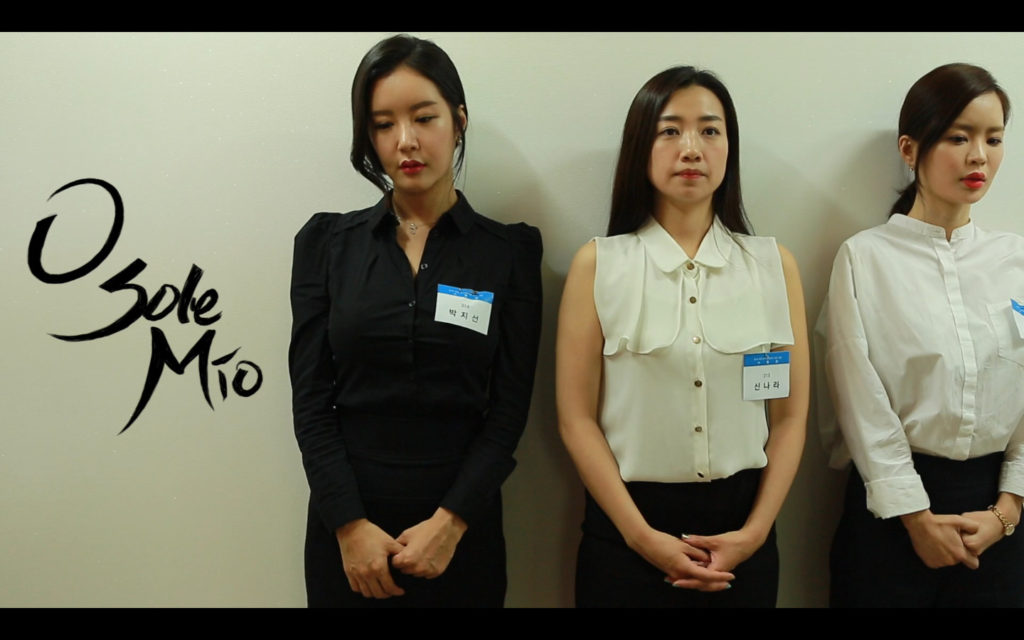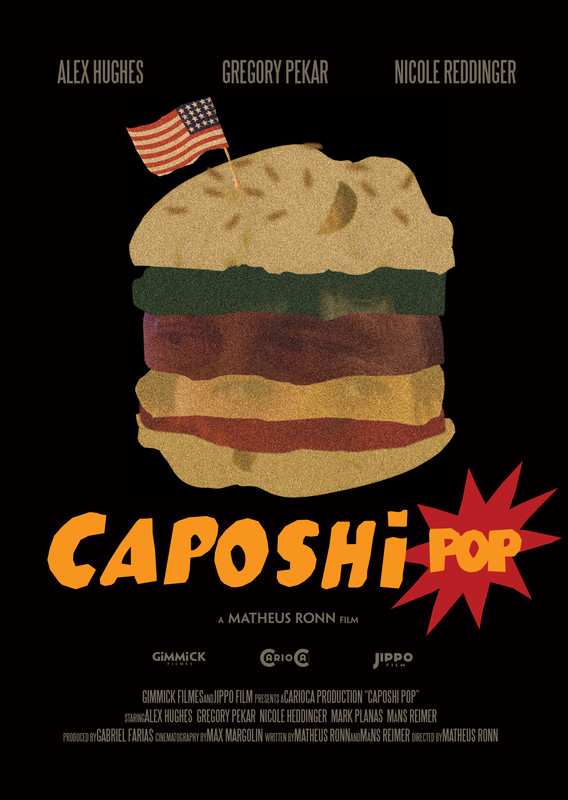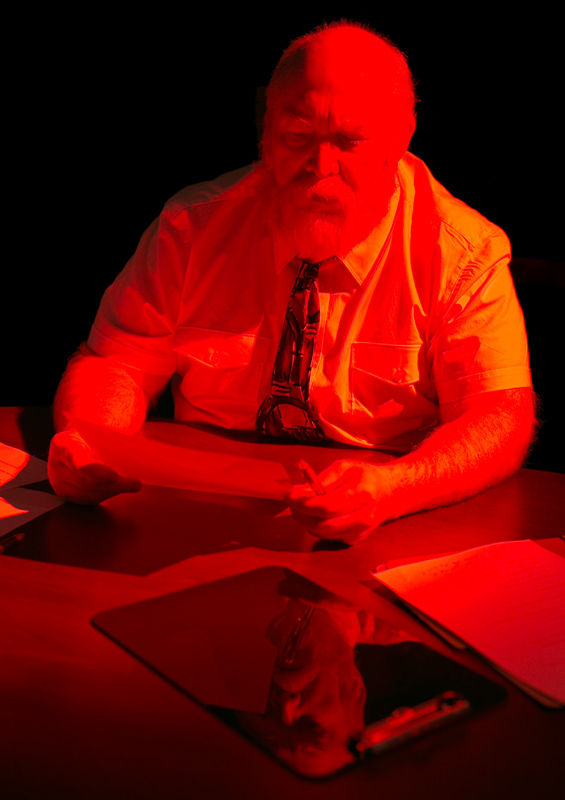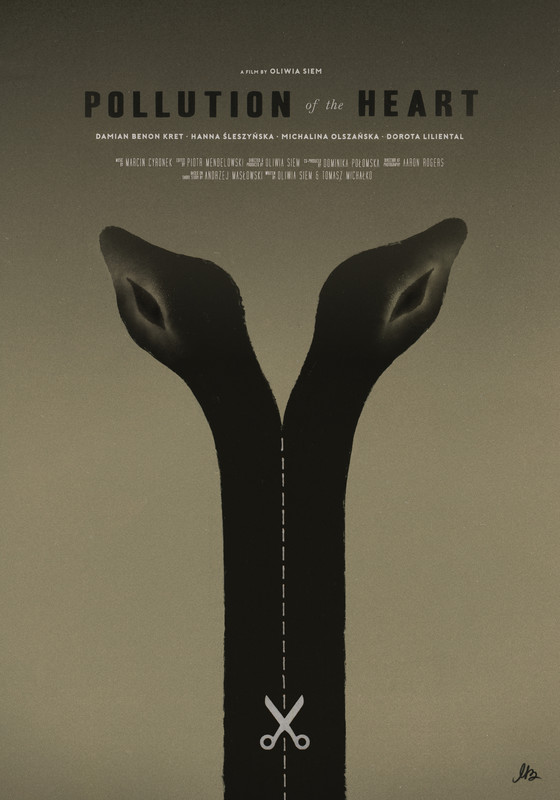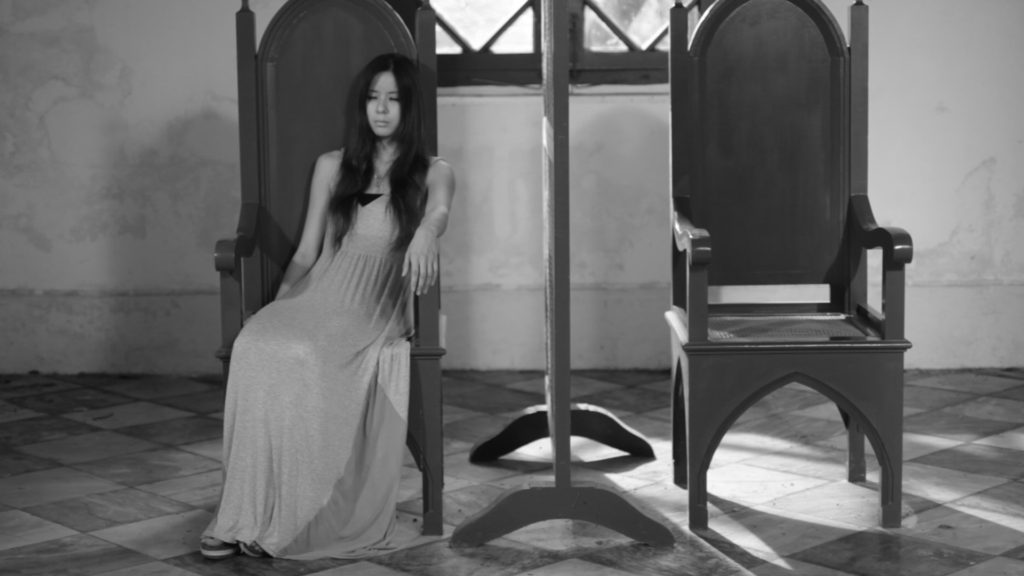Lena Králiková Hashimoto’s ‘Atomka’ is a beautiful documentary that explores two seemingly unrelated events: the disaster that was the nuclear blast at Chernobyl, USSR in April of 1986 and the Nuclear disaster that followed the 2011 earthquake in Fukushima, Japan.
 Although the documentary explores the similarity both in terms of the devastation that took place after the events themselves as well as how local media covered the stories, Králiková Hashimoto focuses more on the way in which the events directly relate to the outlook of those affected by it. By interviewing both her family, who was in Japan at the time, as well as locals who caught the events of Fukushima, Králiková Hashimoto creates a very beautiful, but equally depressing, portrait of the effects natural and nuclear devastation inflicts on its victims.
Although the documentary explores the similarity both in terms of the devastation that took place after the events themselves as well as how local media covered the stories, Králiková Hashimoto focuses more on the way in which the events directly relate to the outlook of those affected by it. By interviewing both her family, who was in Japan at the time, as well as locals who caught the events of Fukushima, Králiková Hashimoto creates a very beautiful, but equally depressing, portrait of the effects natural and nuclear devastation inflicts on its victims.
Králiková Hashimoto use of both civilians in Japan and Slovakia, as well as Greenpeace professionals and other environmental activists helps to truly paint a whole portrait of the aftermath of the nuclear disasters at Chernobyl and Fukushima.
Králiková Hashimoto uses her unique perspective as both a Japanese and Slovakian citizen to explore how the two events impacted her own life and those of the family around her. She recalls spending time with children who had been affected by the Chernobyl disaster as well as worrying for her family and friends in Japan after Fukushima. She narrates the events of the two disasters from her unique perspective; as she felt personally very close to the two events because of her heritage and family while managing to be on the other side of the globe at both times.
The film is beautifully shot and edited, with incredibly moving cinematography and sound design. The use of cellphone and security footage alongside professional images allows Králiková Hashimoto to truly invite the viewer into the narrative, helpig set the tone with the juxtaposing video quality. Králiková Hashimoto’s use of footage from Cherobyl also helps her narrative, reminding those who may not remember the events of the nuclear disaster, of the horrific and unprecedented devastation it brought. The glimpses we get of those who lived through the events are incredibly moving and the flawless editing between interviews with experts and civilians both in Slovakia and Japan help truly tie Králiková Hashimoto’s story together.
A beautiful short documentary from a talented filmmaker who is sure to continue producing and directing meaningful and heartfelt content for years to come. I truly appreciated the intimate glimpse we got into her life and how these two separate yet similarly devastating disasters helped shape her view of the world.




